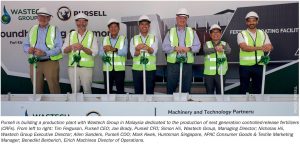
Pioneering Pursell goes international
Fertilizer International interviews Joe Brady, Pursell's Chief Financial Officer, ahead of the Southwestern Fertilizer Conference in Nashville in mid-July.

Fertilizer International interviews Joe Brady, Pursell's Chief Financial Officer, ahead of the Southwestern Fertilizer Conference in Nashville in mid-July.
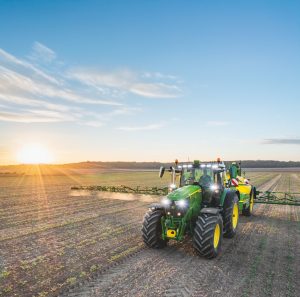
What dividends might farming technology deliver in future decades? Three vanguard companies, ICL Growing Solutions, John Deere and BigSis, share their thoughts.
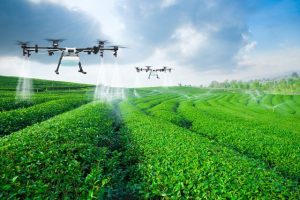
Vatren Jurin of DunhamTrimmer proposes a sophisticated methodology that accurately tracks the global value-added fertilizer market.

Alexandra Dorison of the International Fertilizer Association (IFA) highlights the successes and rapid progress to date of the Sustainable Fertilizer Academy (SFA).

In this CRU Insight, Anthony Rizzo explains why market participants should expect an uneven global demand picture in 2026 and highlights regional variations.
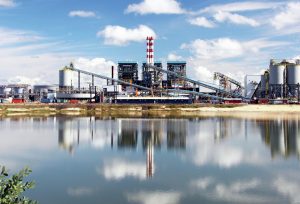
Indonesia has become the epicentre of the world nickel industry, and is now seeking to raise royalty rates to capture more value from this. Will this impact upon the continuing expansion of HPAL capacity there?
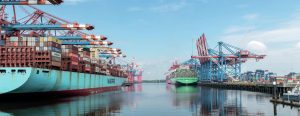
While the US tariff situation remains subject to considerable uncertainty, there has already been an impact on short term trade flows, as well as investment decisions.
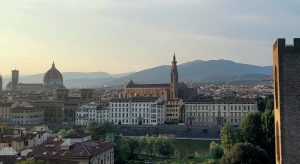
The Sulphur Institute (TSI) held its World Sulphur Symposium in Florence from April 8th-10th.
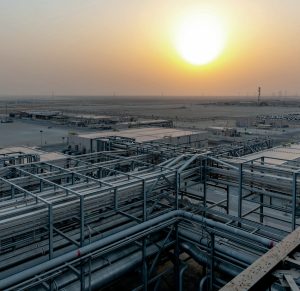
The Middle East remains the world’s largest regional exporter of sulphur, with additional capacity continuing to come from both refineries and particularly sour gas processing.
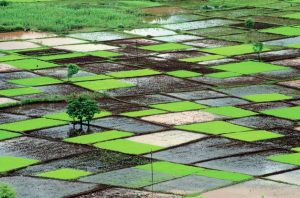
Dr M.P. Sukumaran Nair, Director of the Centre for Green Technology & Management, Cochin, India and former Secretary to the Chief Minister of Kerala discusses the challenges facing India’s agriculture and fertilizer industry.